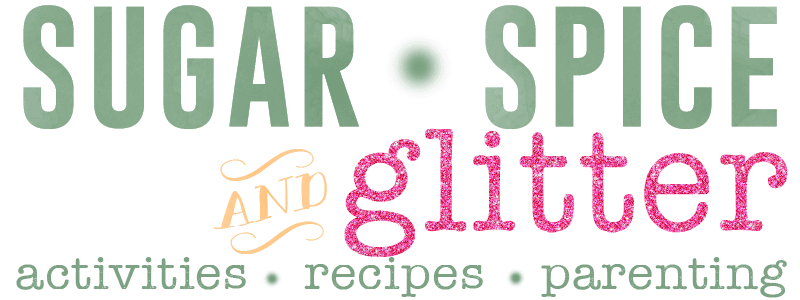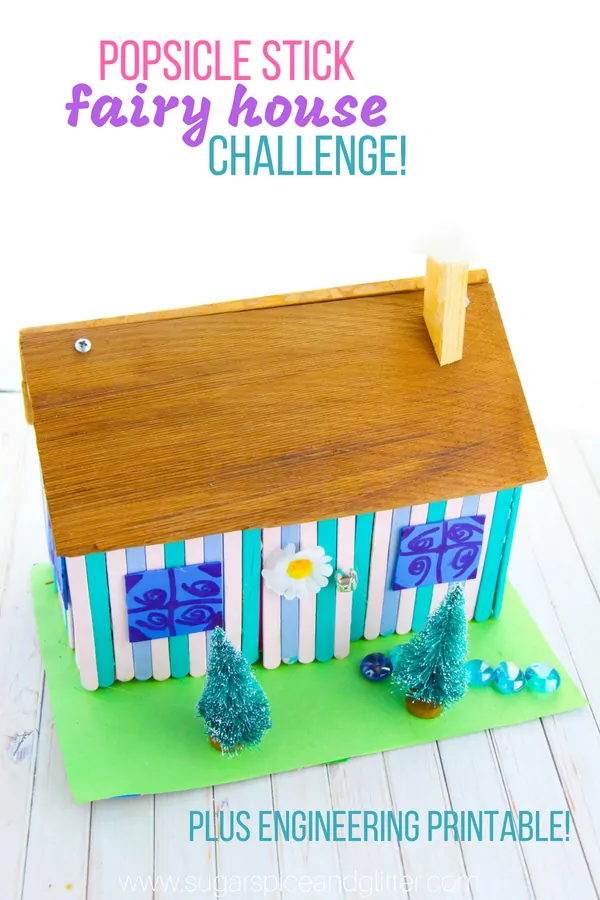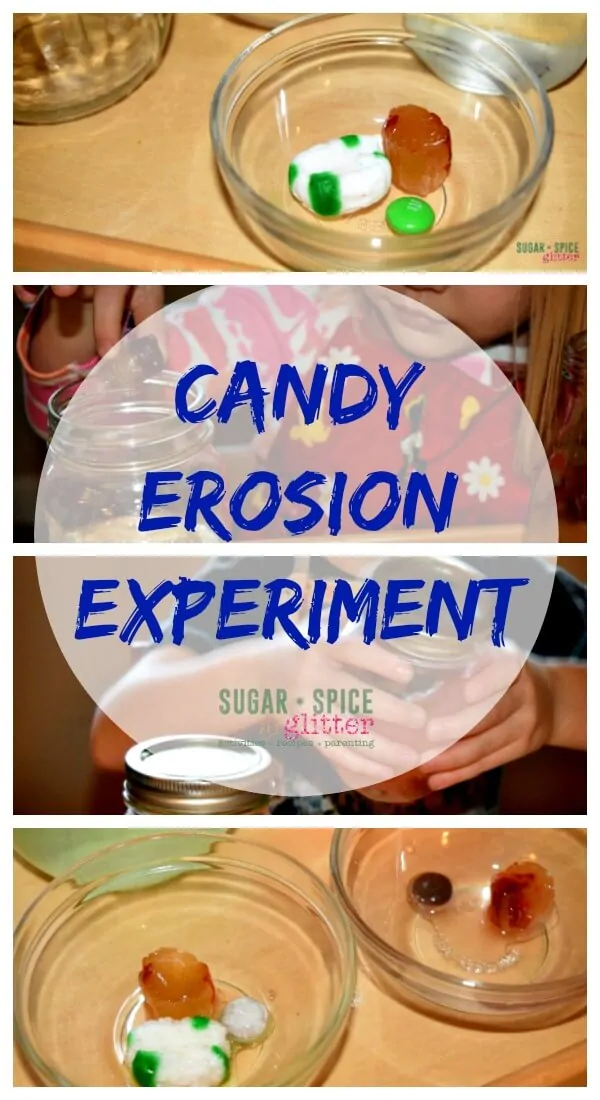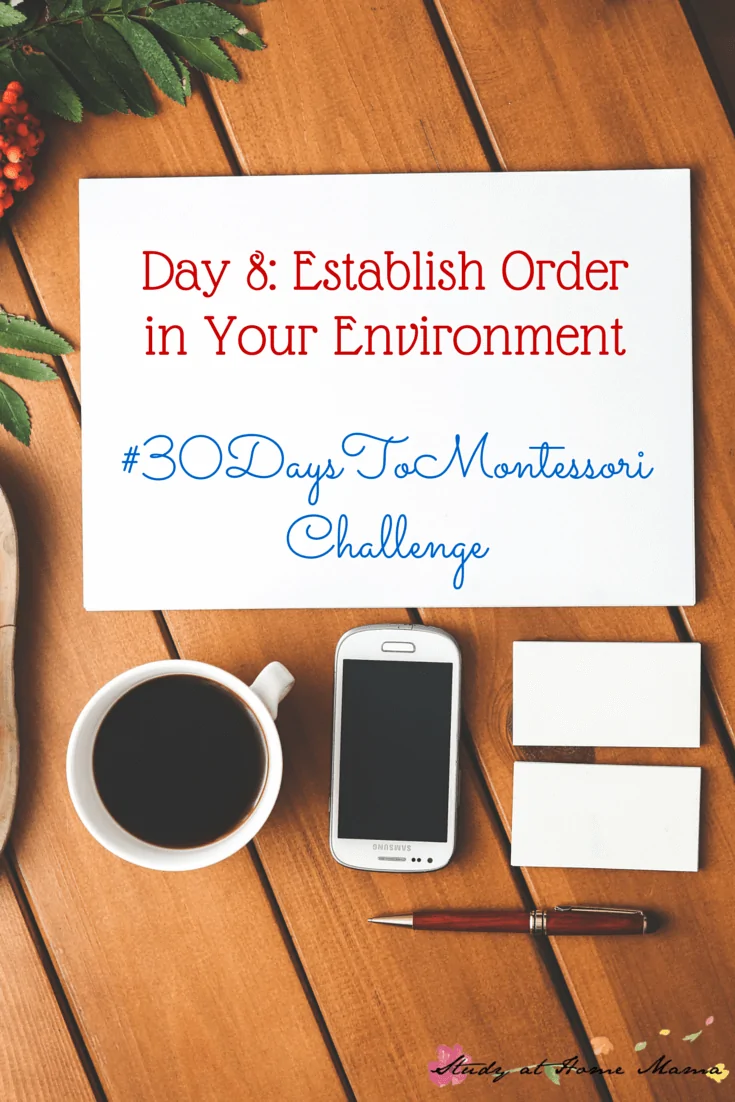Mini-Unit: Kwanzaa
Unlike many culturally-specific holiday celebrations, I find Kwanzaa festivals notable for their inclusive practices: I often see various other ethnicities and cultures represented beyond the black culture that it was created to celebrate.
Kwanzaa lasts for seven days, each representing one of the following principles:
- Unity (within family, community, nation)
- Self-Determination
- Collective Work and Responsibility
- Cooperative Economics
- Purpose
- Creativity
- Faith
In celebration and acknowledgement of the seven days of Kwanzaa, today we are sharing some Montessori-inspired activities to correspond with each of the Kwanzaa principles.
I think we will do more Kwanzaa activities in future years, when Ella has a better understanding of geography and history, but I still wanted to do a few small activities with her this year.
Traditionally, an ear of corn for each child in the family is displayed on a family’s mkeka mat, so I thought this would be a great opportunity to take a closer look at both corn and family structures. For Ella, discussions about different family structures are directly relevant to her life, but I think its an important topic for all children as there is still an incredible amount of discrimination about family structure in our society. I want Ella to be proud of the family that she comes from and be able to identify our two-person family as a solid unit that compares equally to a more traditional nuclear family, and that ties in well to the Kwanzaa principles of unity and self-determination.
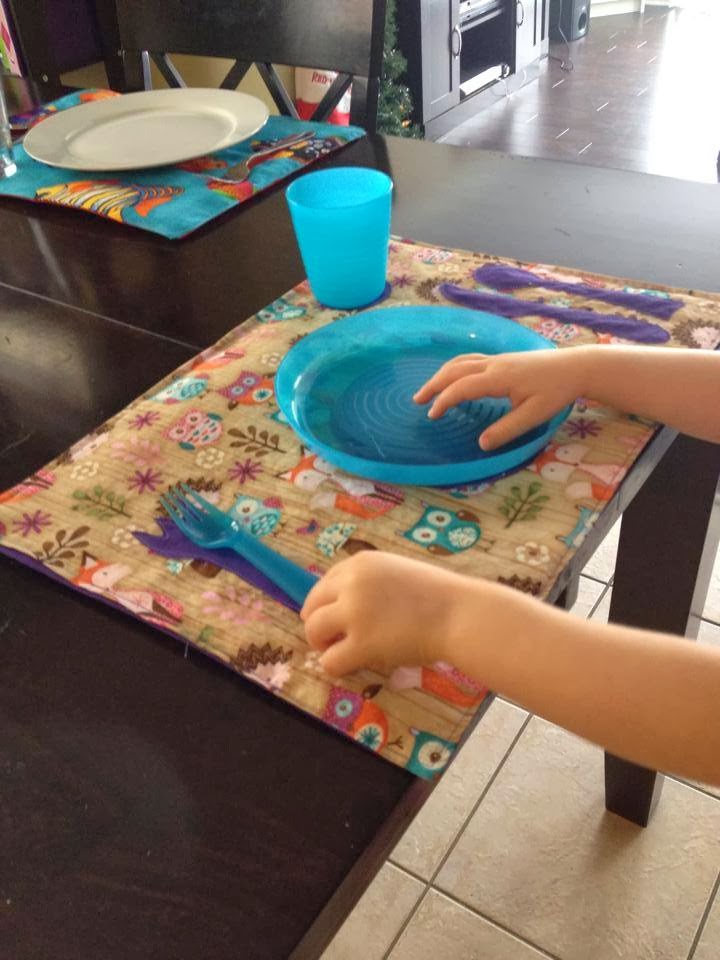 |
| Cute Montessori-placemats can be purchased @ https://www.facebook.com/SewSmartSolutions |
The principle of Collective Work and Responsibility works well with Ella’s new responsibilities of setting both of our places at the table and keeping her new work room clean. We also had several conversations this month about looking for opportunities to help others and I was really proud of the suggestions that Ella eventually started coming up with and the helpful attitude that she displayed.
We also made our own “African drum” out of a coffee container in anticipation of Ella’s uncle coming over to teach her how to handle and appreciate the sound of a djembe drum.
Older children could also weave their own mkeka straw mats, and this is something that we will likely do in the future.
Instead, we studied the various “states” of corn and discussed the processes used to make the different types of corn. We even tried to grind some corn kernels and successfully popped some corn in our air-popper. After eating our fill of popcorn, we turned some of our study materials into a small sensory bin.
We then made some art by making a glue pattern on paper and sprinkling some of the corn onto the glue.
We also tried making our own corn husk dolls, a tradition found in many of the Caribbean islands. Ella chose to draw the doll’s face on in a yellow marker, so its hard to see in this picture.
Ella has just started trying to pluck the corn kernels, with an older child I would try to introduce tweezers for the removal, but that was difficult even for me.
I found our study of Kwanzaa motivating in that it helped me reconnect with our purpose for home learning, which it is easy to get distracted from. (I will be sharing my thoughts on Monday.)
What will you be doing to acknowledge or learn about Kwanzaa?
